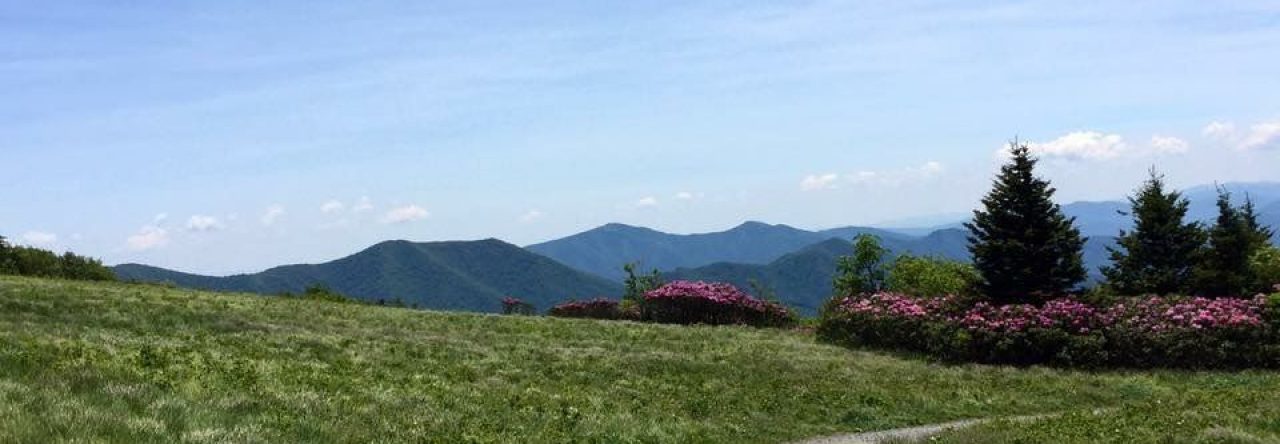I really enjoyed the passages which take place among the members of the Fellowship in the Houses of Healing because they are like the chapter “Many Meetings.” There are many old friends who come together and catch up on what the others have been doing since they were last in each other’s company. The humor that arises here is reminiscent of the joviality that overtakes them sitting in the rubble at Isengard.
One of the most memorable passages for me comes from these sections. Merry apologizes for speaking to Aragorn in the wrong tone, saying:
‘it is the way of my people to use light words at such times and say less than they mean. We fear to say too much. It robs us of the right words when a jest is out of place’ (RK, V, viii, 870).
Merry’s words struck home in this reader, and this is one of the phrases that I stored away to use when necessary. To keep a long story short, I was quite tactless as a child, more so than other children, and I frequently said the wrong thing or diverted attention with an awkward or untimely joke. My sense of social awkwardness found expression here.

Another interesting observation to make of these passages is that I made a rather meaningful thematic observation, but I am unsure how. I will have to do a bit of digging to find out why, but I somehow knew the fact that Aragorn could heal people was a very good sign. I had a sense, albeit not a well-formed sense, that rulers being healers was a metaphor for something. I, of course, had no concept of the trope of the king who heals the land until much later.
A final consideration from the Houses of Healing is the relationship that forms here between Éowyn and Faramir. To be completely honest, this relationship baffled me for many years. It seemed to me that the relationship developed too quickly and I did not understand how these characters could be drawn together from such opposing perspectives. Again, reading Éowyn as an extension of myself, I thought that I would be mad at Faramir for presuming to know how I felt about anything, much less another person. This may largely be because one of the things I hated most as a child was being ‘talked down’ to. Perhaps I interpreted Faramir’s explanation of Éowyn’s feelings as condescending (and not in the good, medieval sense).
Where Do We Go From Here?
The Last Stand, then on to Book VI!
What Do You Think?
Which part of the Houses of Healing was your favorite? why?
How did you, or do you, interpret the relationship between Éowyn and Faramir?
Did I miss anything? Let me know!


